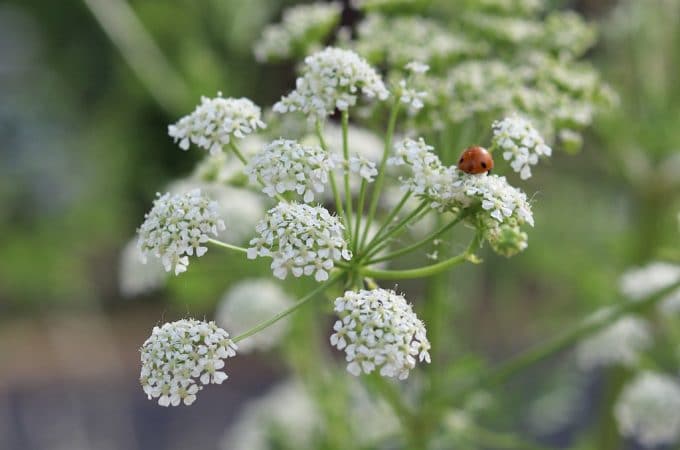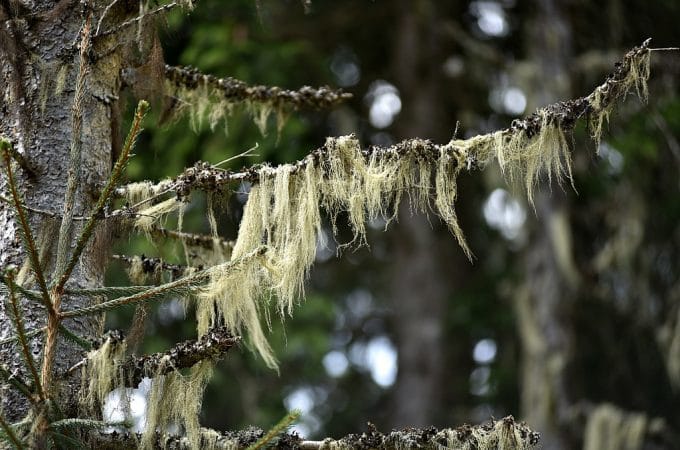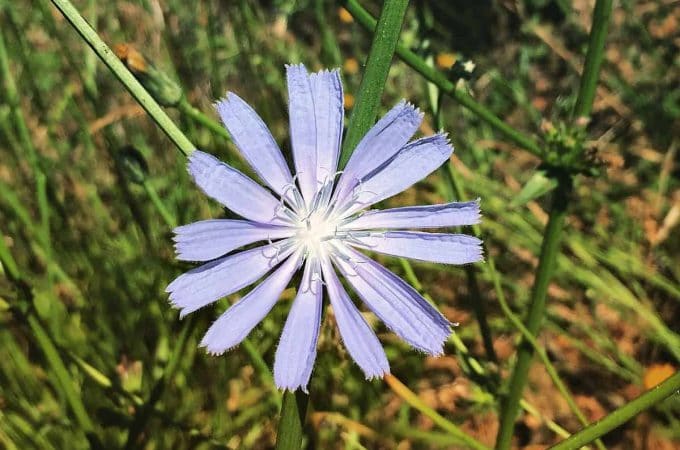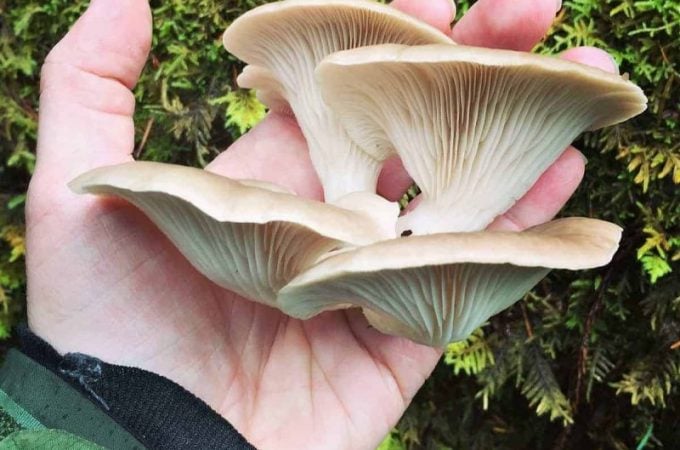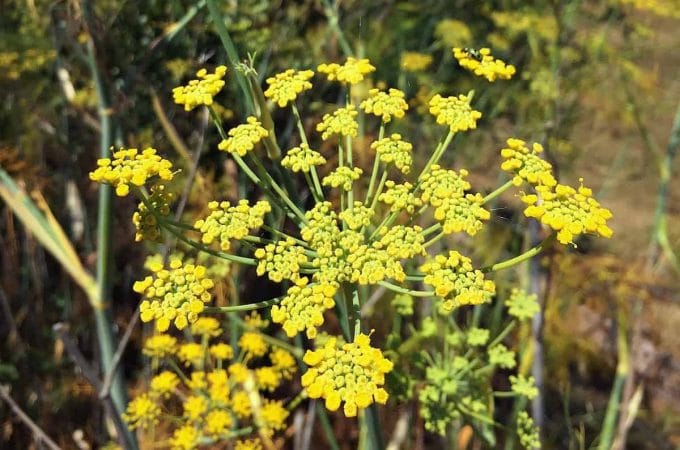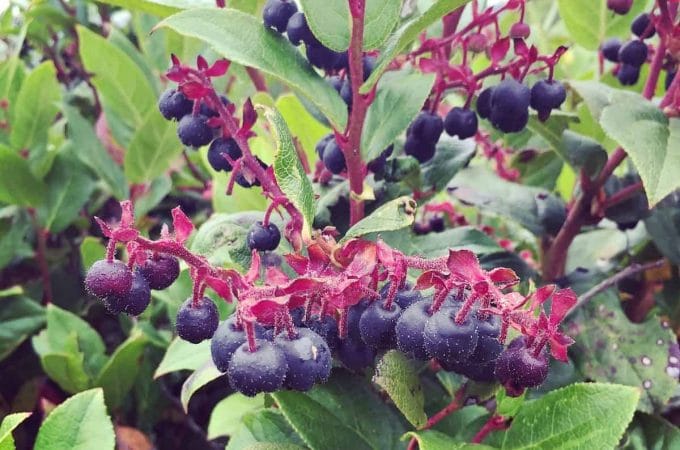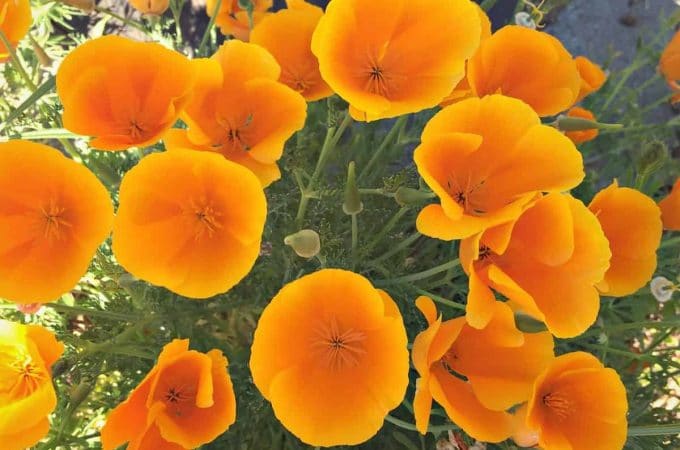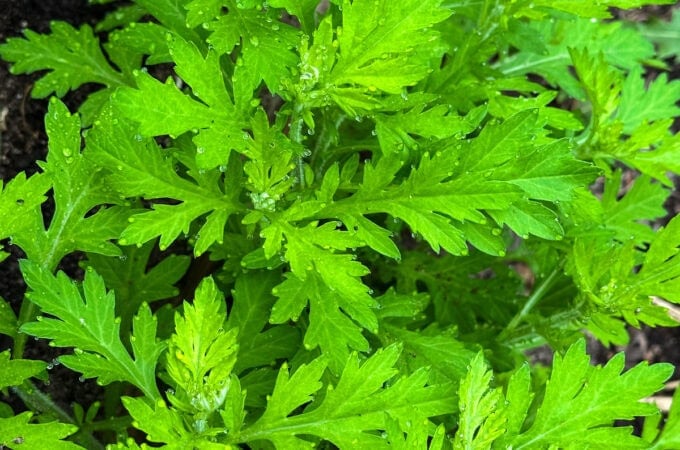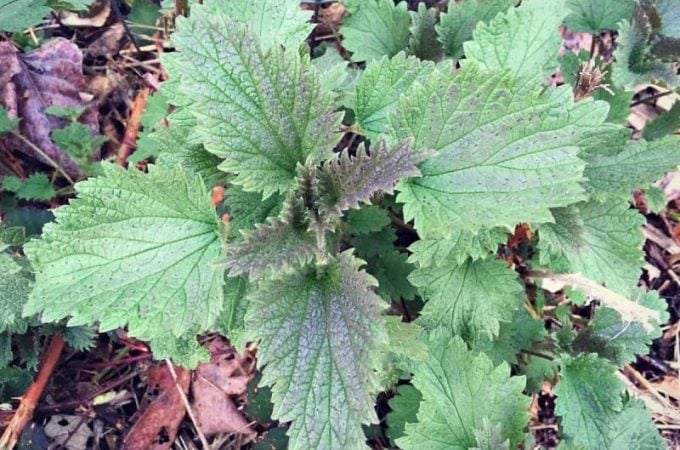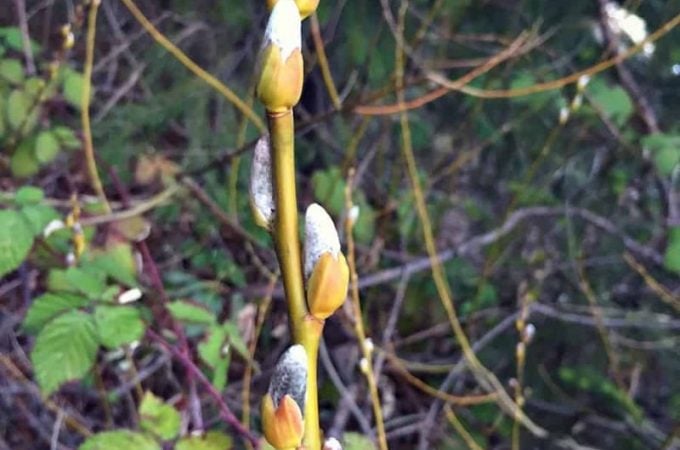When out foraging for edible and medicinal plants, it is just as important—if not more so—to know how to identify the poisonous plants that grow in your region. Poison hemlock (Conium maculatum) is one of those that everyone should know how to identify, as it can be quite prolific in some areas. Wildcrafting Weeds If…
Forage
Foraging and wildcrafting for your own food and medicine is a great way to get outside and reap the benefits of being out in wild areas. It gives you access to some of the most nutrient rich and healing plants, all while getting some much needed exercise and fresh air. Foraging is good for your body as well as your mind and soul! I love teaching others about the benefits of wild food.
Learn about foraging through the seasons, with guides on fall foraging, winter foraging, and spring foraging. If you want to learn about wild mushrooms, then read about these 5 easy to identify edible mushrooms.
Foraging for Usnea: A Super Medicinal Lichen
You have most likely seen usnea, also known as Old Man’s Beard, when you are out in the forest. I see it all the time hanging in long strands from conifers when I’m hiking here in the pacific northwest. What you may not have known is that usnea is a super medicinal lichen! I love…
Foraging for Chicory
Chicory might be one of those plants that you’ve probably seen a thousand times but never knew what it was. It is extremely common along roadsides in many areas of the country, and I’m sure that you’ve passed it by a time or two. What you may not have known is that chicory is an…
Foraging for Oyster Mushrooms
Oyster mushrooms are easy to identify and fun to forage for, plus they are delicious and easy to use in the kitchen. Learn how to identify edible oyster mushrooms, where to forage for them, and my favorite ways to cook with this very special wild mushroom! Wildcrafting Weeds If you want to learn more about…
Foraging for Wild Fennel
I’ve been visiting family on the central California coast, which has been wonderful. I always like going to other parts of the country to see what I can forage, and the temperature here is so mild that you can pretty much find edible or medicinal plants year round. Late spring and summer is when the…
Foraging for Salal Berries and Leaves
On a recent camping trip to the central Oregon coast, we went on hike like we usually do, and came across what we believed to be salal berries! I snapped a few photos, then double checked my guidebooks when we got back to camp, and discovered that they were, in fact, salal berries. We decided…
Foraging for Wild Poppies (California Poppies)
In spring and summer wildflowers start popping up everywhere. I love finding and identifying them, especially when I discover that they are edible or medicinal (or both!). Wild California poppies are a common sight for us here in Southern Oregon and in other western states. No, they won’t quite put you to sleep like Dorothy…
Foraging for Mugwort
Mugwort is an edible plant that has many herbal uses. Foraging for mugwort is easy and fun, as it grows almost everywhere! Learn how to identify and forage for mugwort, as well as how to incorporate it into your herbalism practice. Wildcrafting Weeds If you want to learn more about the edible and medicinal weeds…
Foraging for Stinging Nettles: A Highly Nutritious Plant
Foraging for stinging nettles isn’t as hard (or scary!) as it sounds. With just a few tips and precautions, you’ll be able to forage for and use stinging nettles. Learn everything you need to know about how to identify, forage for, safely harvest, and properly prepare stinging nettles for use in edible recipes and herbal…
Foraging for Willow
One of the first trees or shrubs to bud in early spring is the willow. I remember as a child getting so excited to find pussy willows, although back then I didn’t liken it to the changing seasons. I’m pretty sure I just thought they were neat and fuzzy and like little tiny kittens, so…

